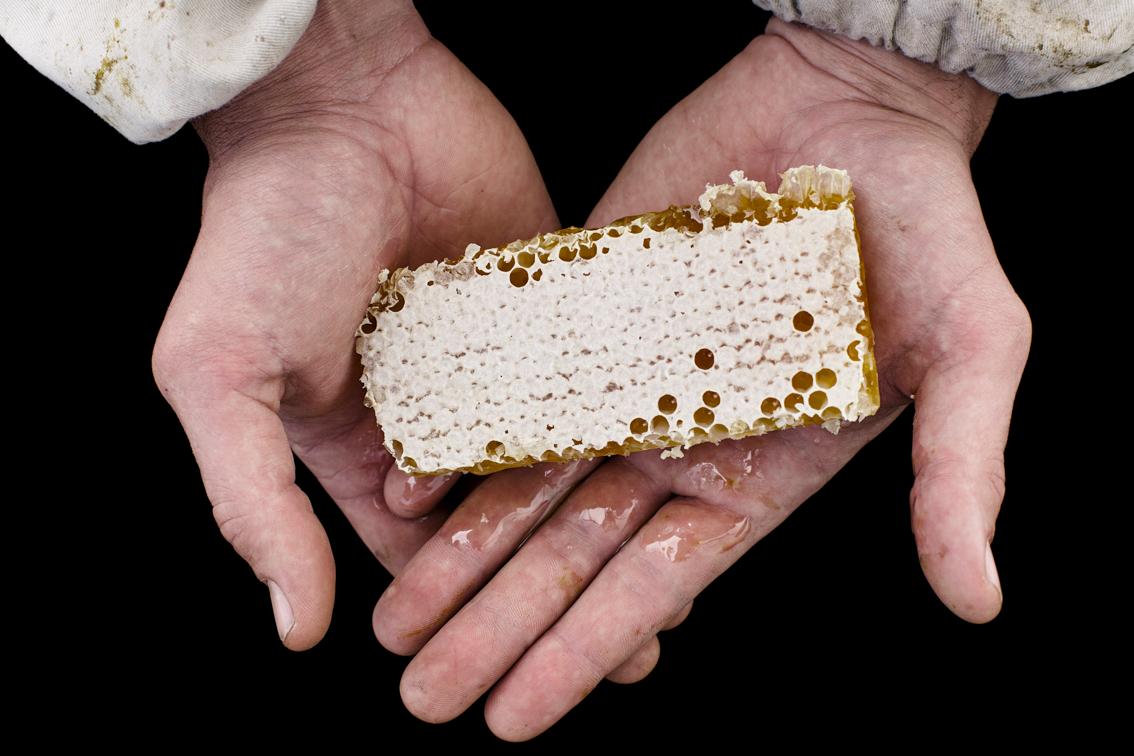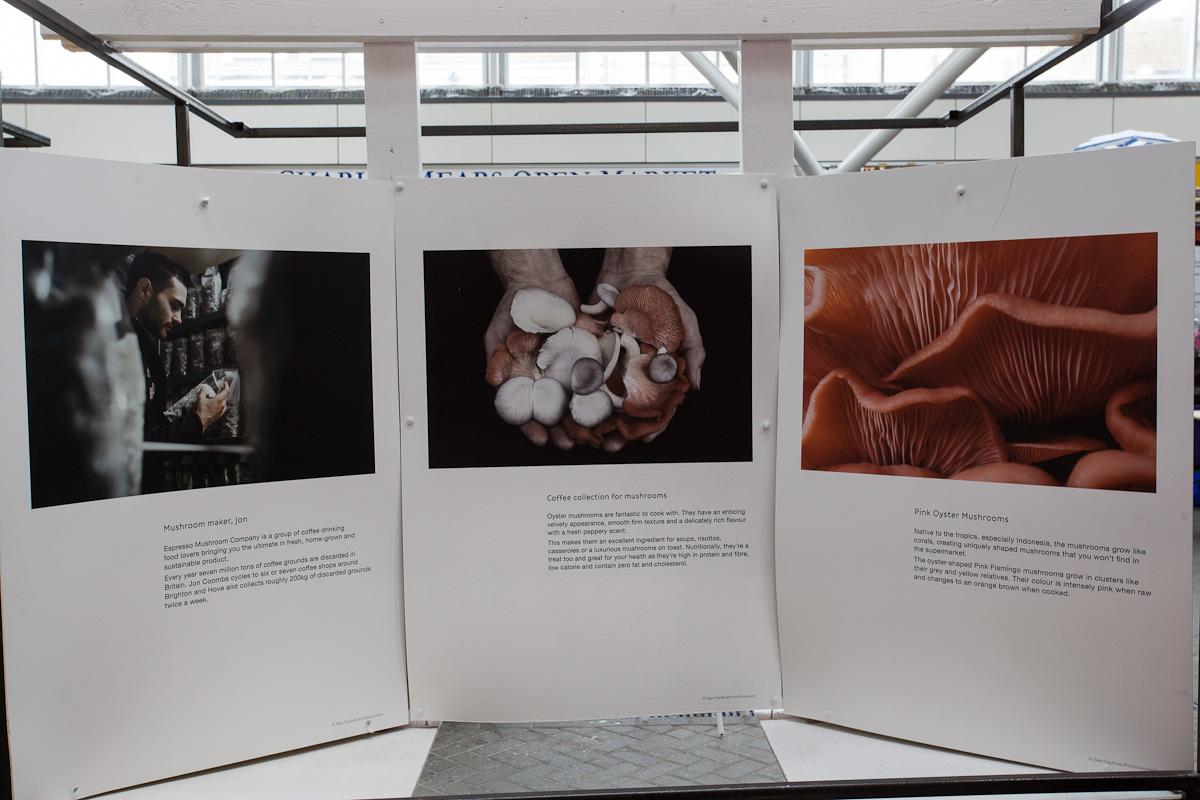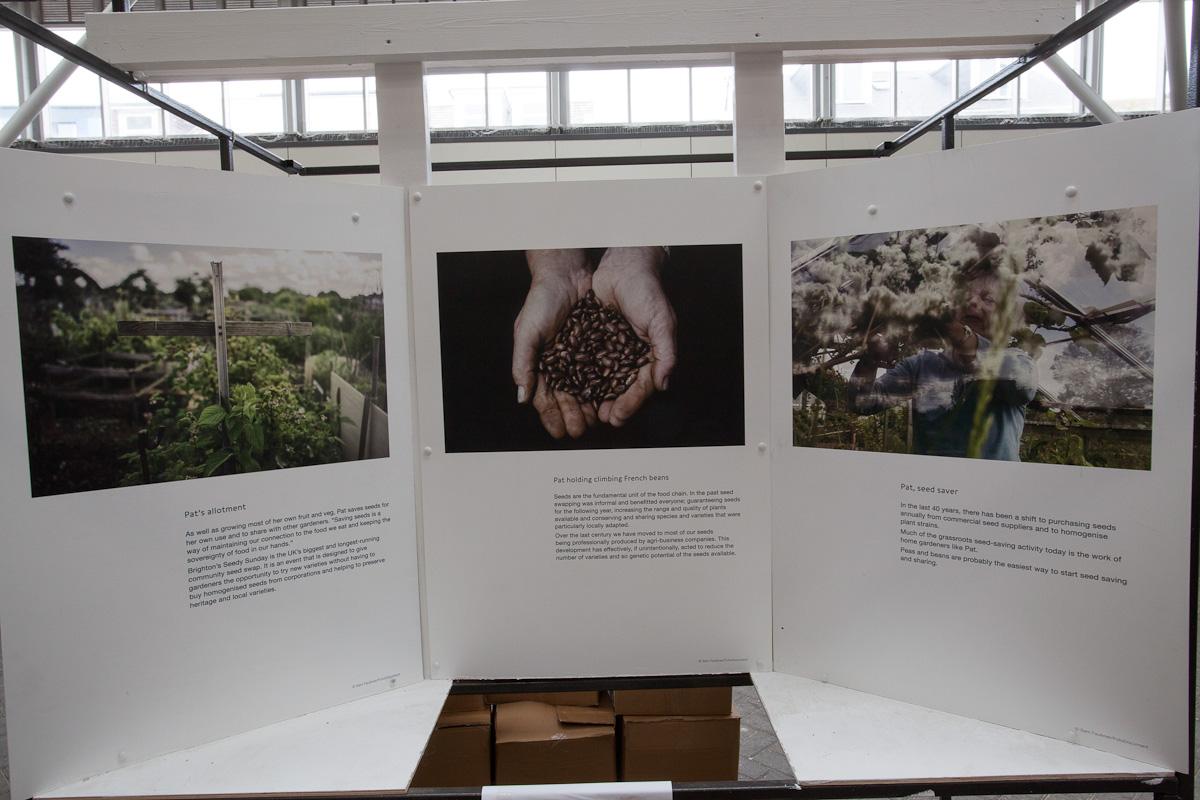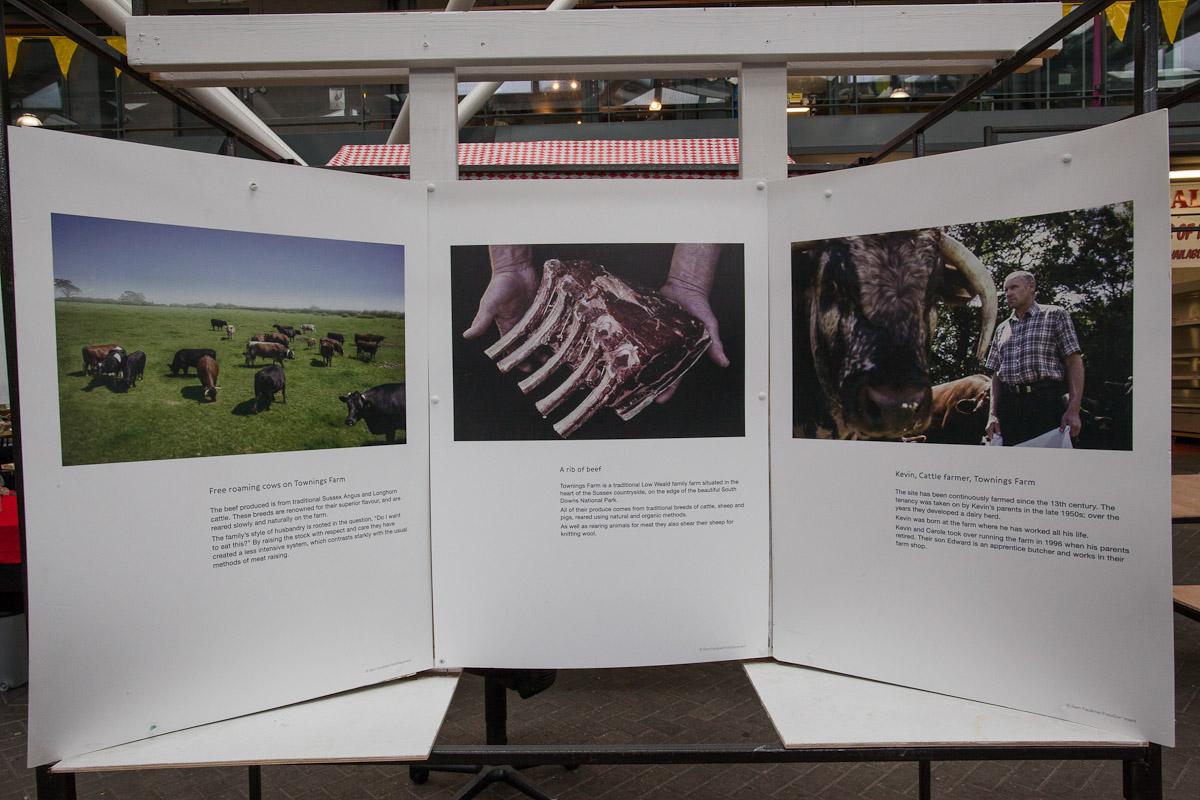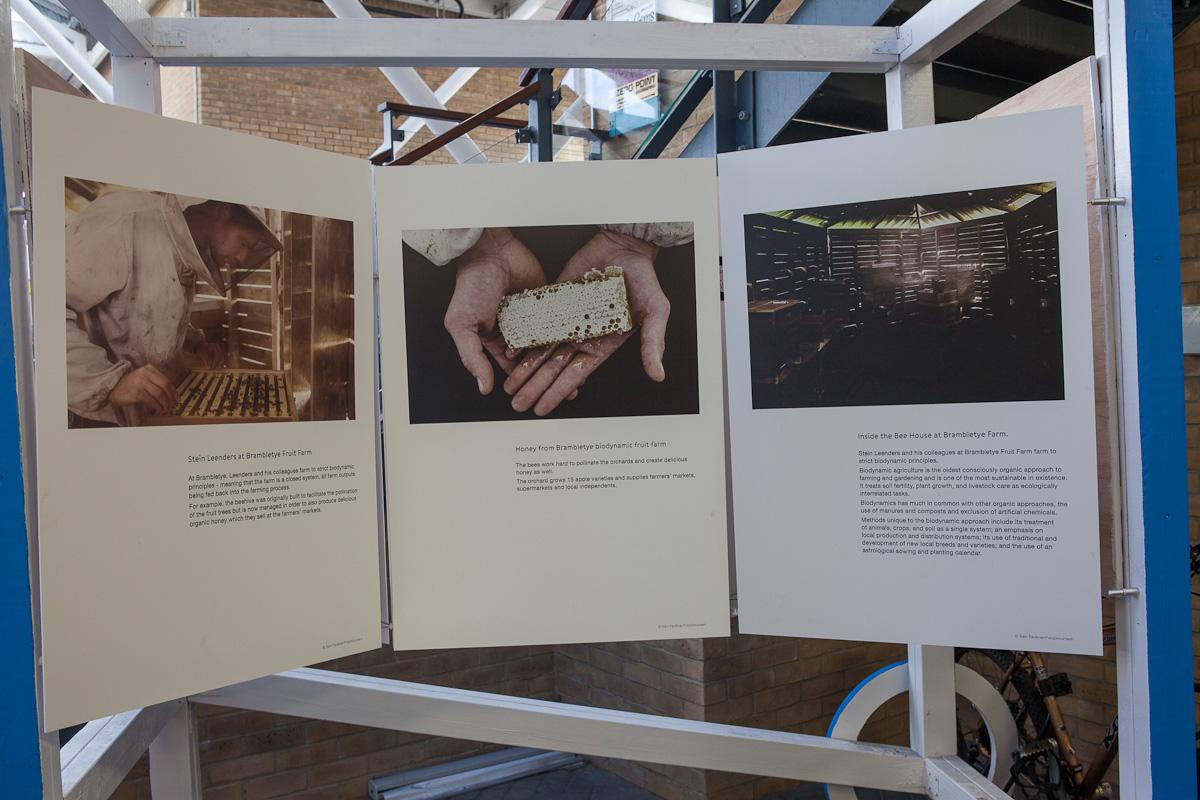Local and Sustainable Food - Sam Faulkner
The Brighton & Hove area is crowded with incredible food and drink producers from people with a few tomatoes on a window ledge to vineyards producing world-class sparkling wines. The city also cares about what it eats. There are more restaurants per person than anywhere else in the country.
But there is a problem. Brighton & Hove cannot produce enough food to feed itself and the current food system is unsustainable. It is responsible for 25% of Brighton & Hove’s ecological footprint, higher than the UK average of 21%. All the food we consume has some environmental impact getting it from the field to the plate, including production, transport and packaging. One of the key objectives of the One Planet Food principle is to reduce the ecological impact of what the city eats.
In order to achieve this more food needs to be grown, produced and processed locally by methods that protect the environment and support local businesses and employment. Local food producers, from farmers and fishermen to bakers and cheese makers who work in ways that respect natural resources are at the forefront of the drive to build a more sustainable food system.
Brighton & Hove was the first place in the UK to adopt a ‘Food Strategy’ with the aim of creating a city where everyone has the opportunity to eat
fresh, healthy food from sustainable sources. In order to make what Brighton eats sustainable the city has to capitalise on what it already has: the rich natural resources of the sea and surrounding farmland, vibrant cafes and restaurants, a young population keen to work, a thriving tourist industry, strong neighbourhoods and communities, and a growing network of community food projects.
This photo essay is generously sponsored by Green Sea Collective.

The following building firms also greatly helped with the project:
Chalmers and Co Building Contractors http://www.chalmersandco.co.uk/
Hub Project Management and Consultancy http://www.hub-pm.com/project.html
Filby Builders
Ark Builders and Loft Conversions http://www.arkbuilders.co.uk/
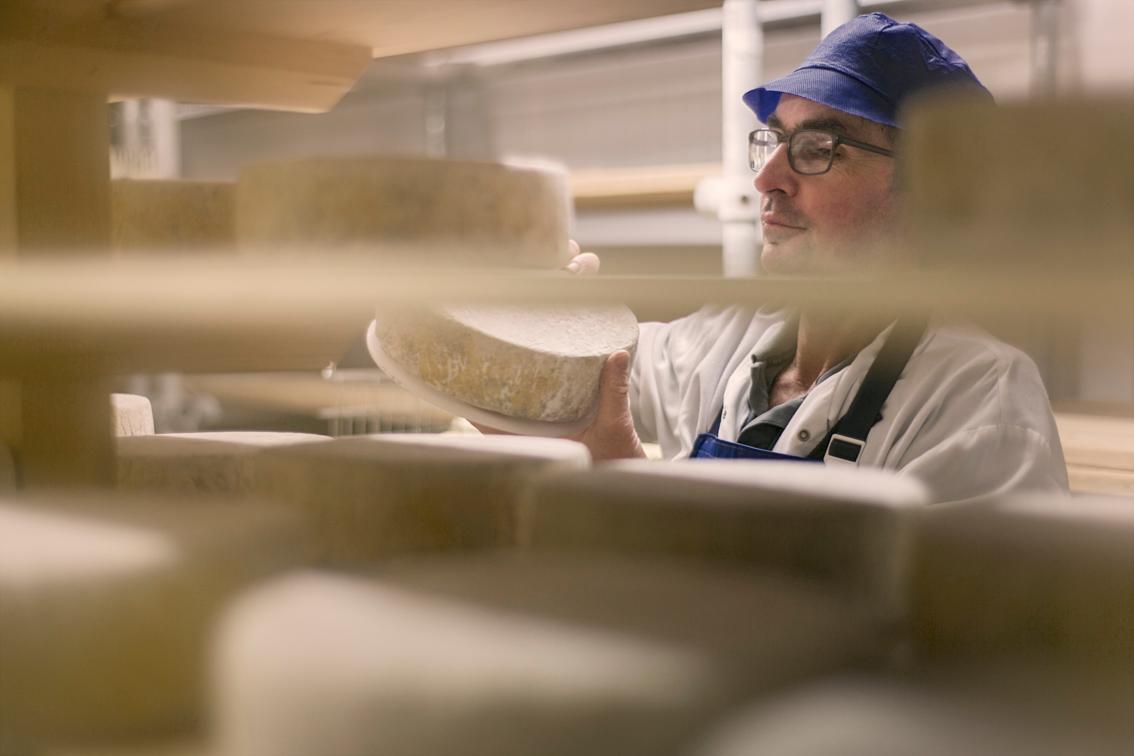
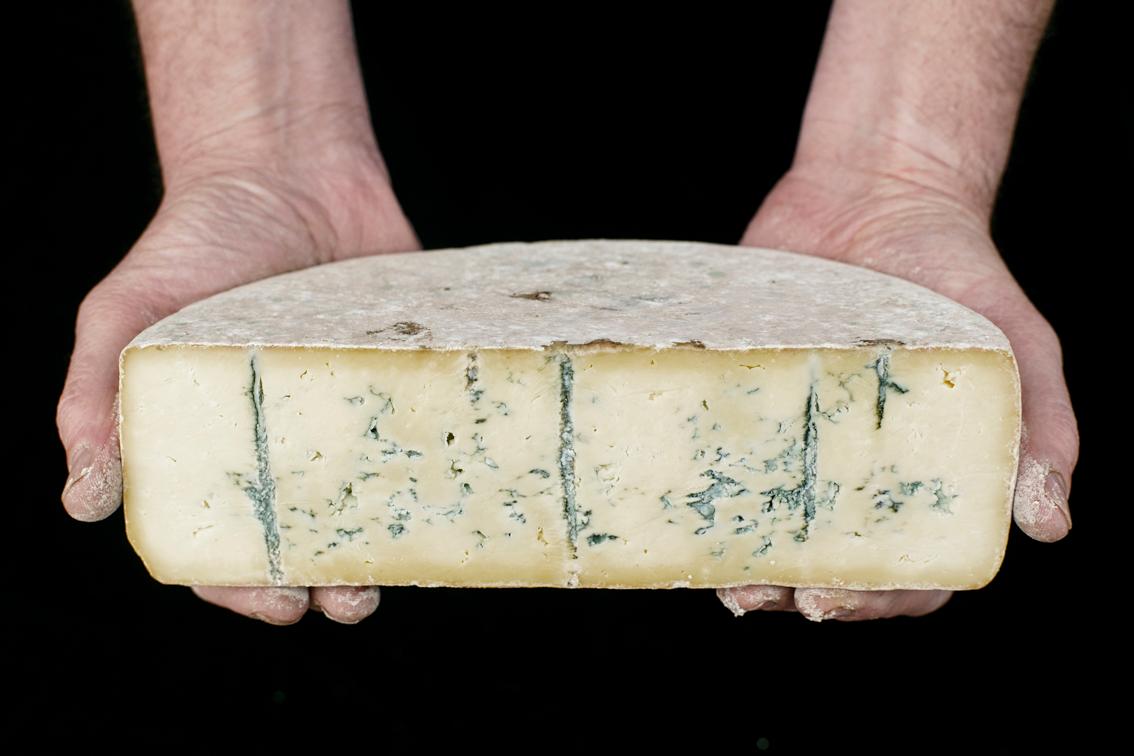
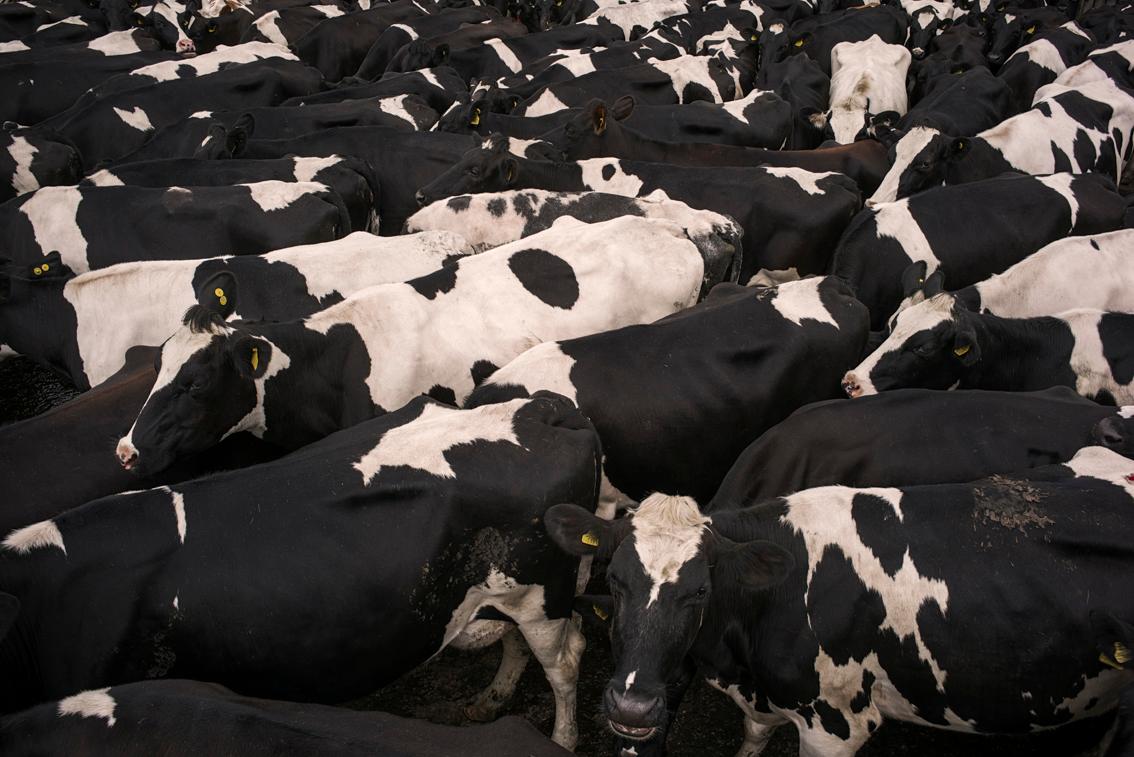


When Peter and Collette Haynes took on Ashurst Farm they were able to obtain instant organic status from the Soil Association as the previous owners had never used chemicals or “any such nonsense” since 1945 (they had also been hand milking cows right up until 1993).
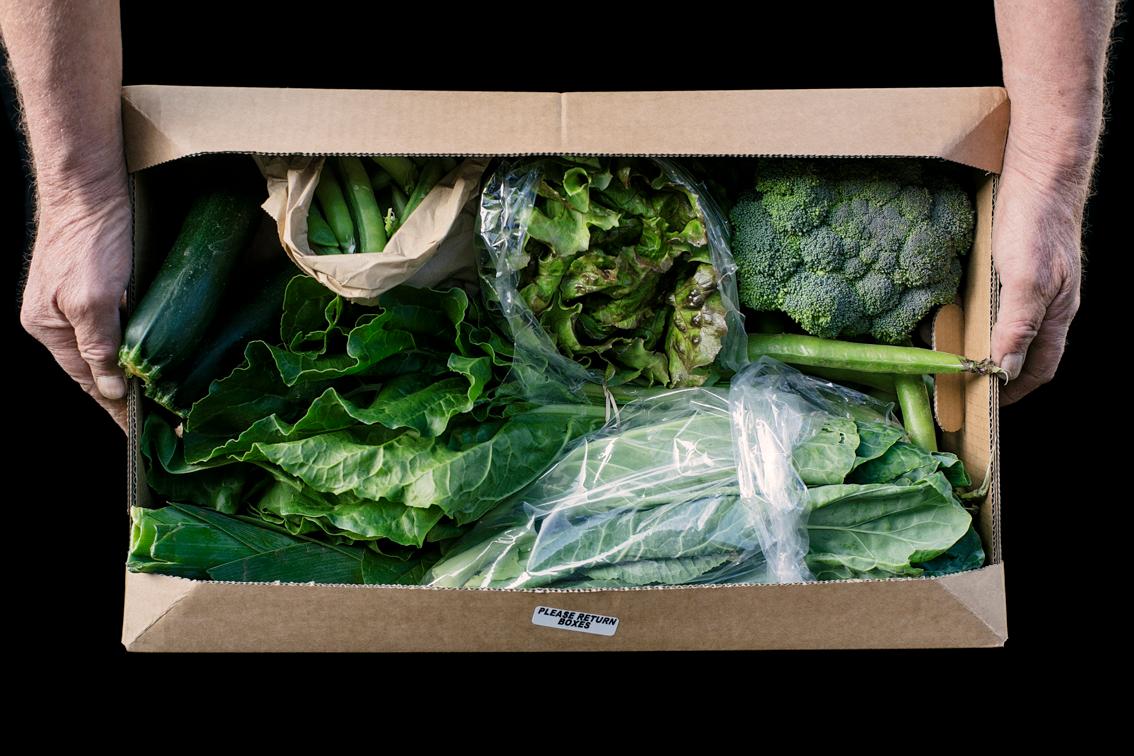
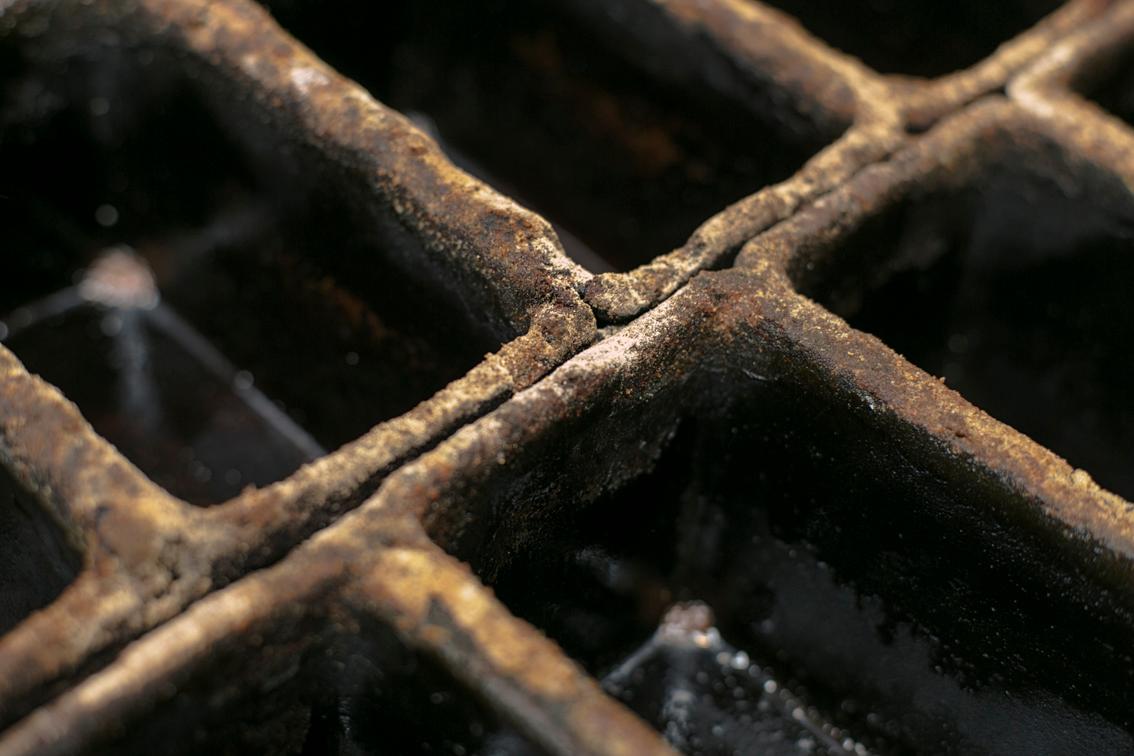
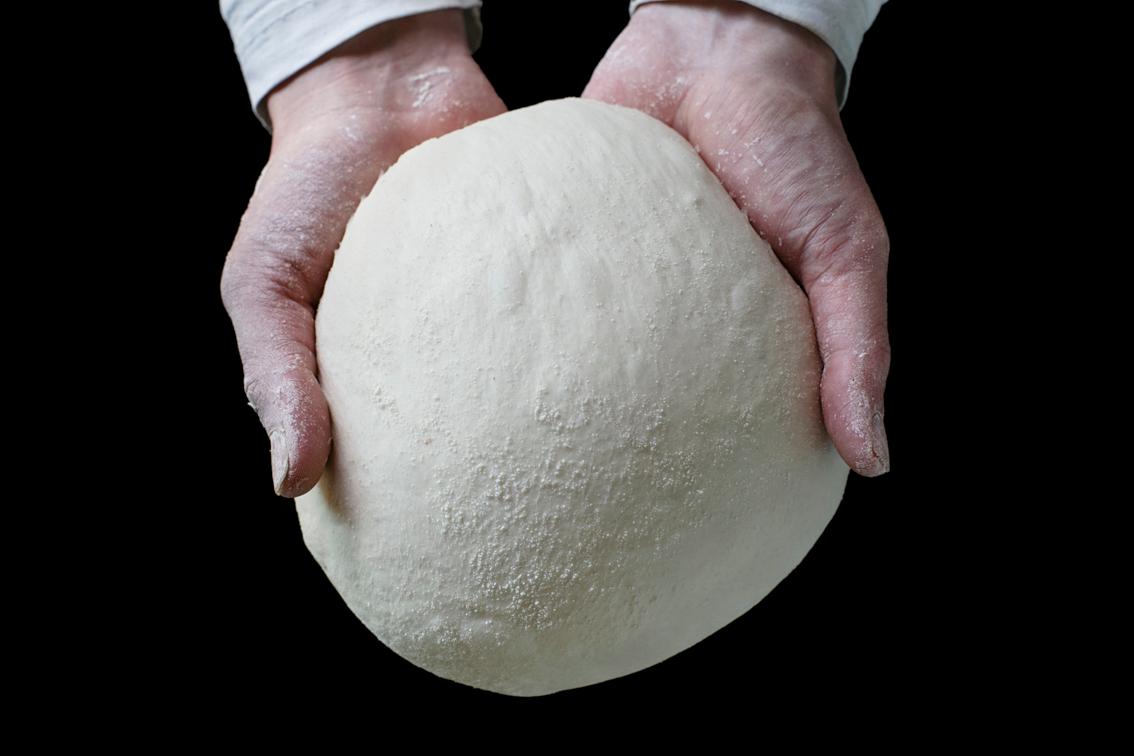
The flour is sourced from Shipton Mill in Gloucestershire, where traditional stone-grinding methods are used to produce flours of exceptional taste and nutrition.
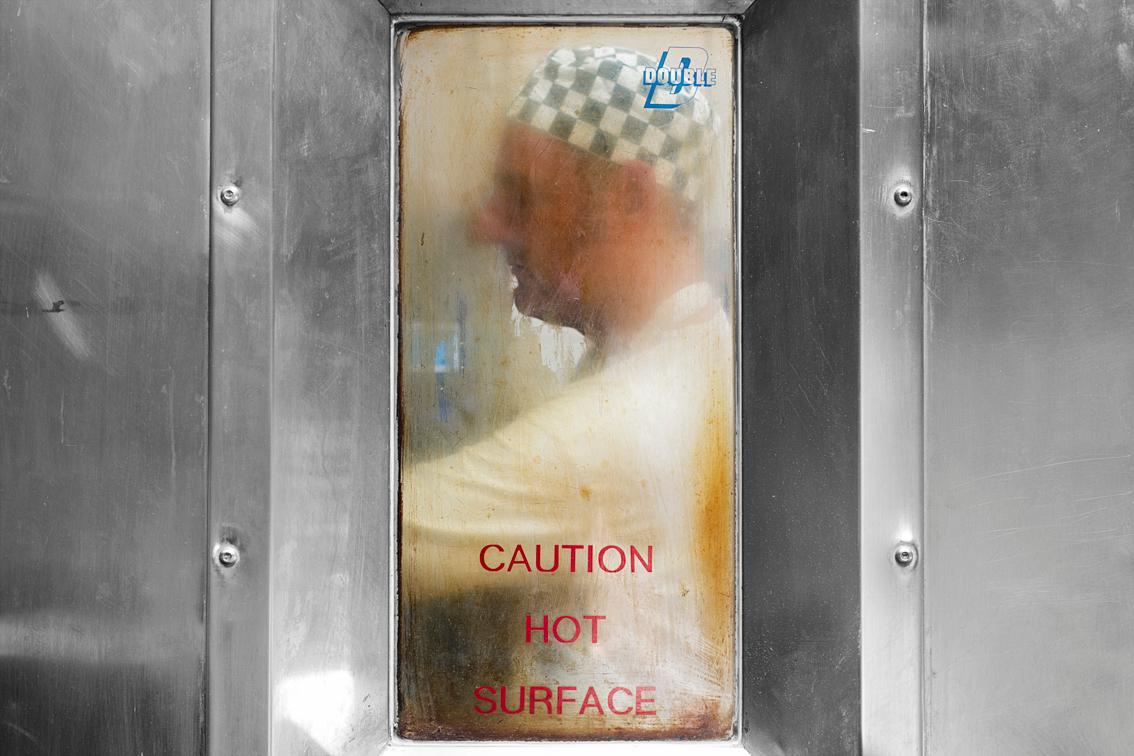
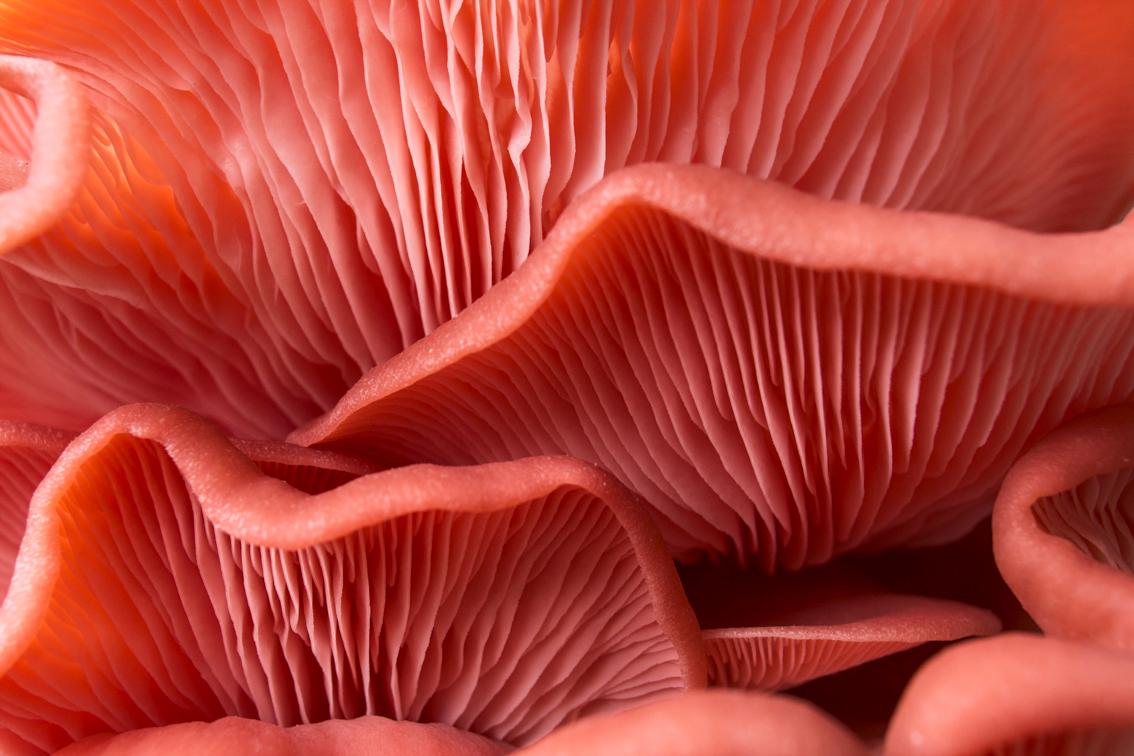
The oyster-shaped Pink Flamingo mushrooms grow in clusters like their grey and yellow relatives. Their colour is intensely pink when raw and changes to an orange brown when cooked.

Jon Coombs cycles to six or seven coffee shops around Brighton and Hove and collects roughly 200kg of discarded grounds twice a week.

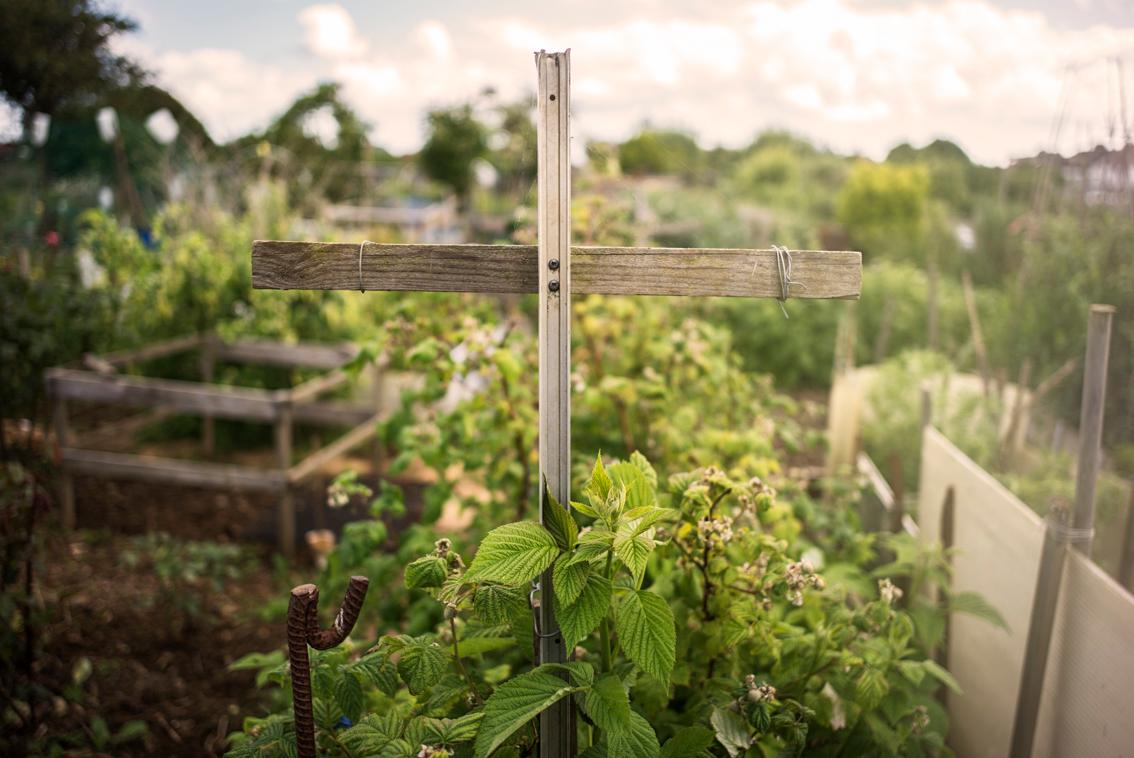

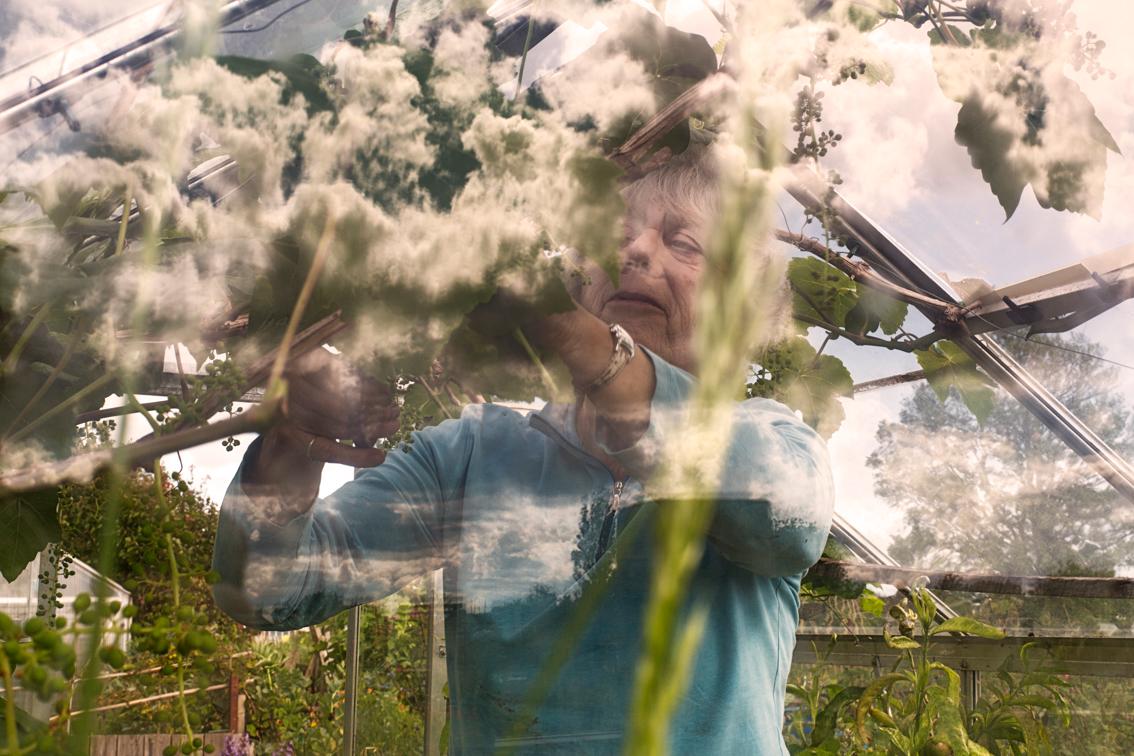
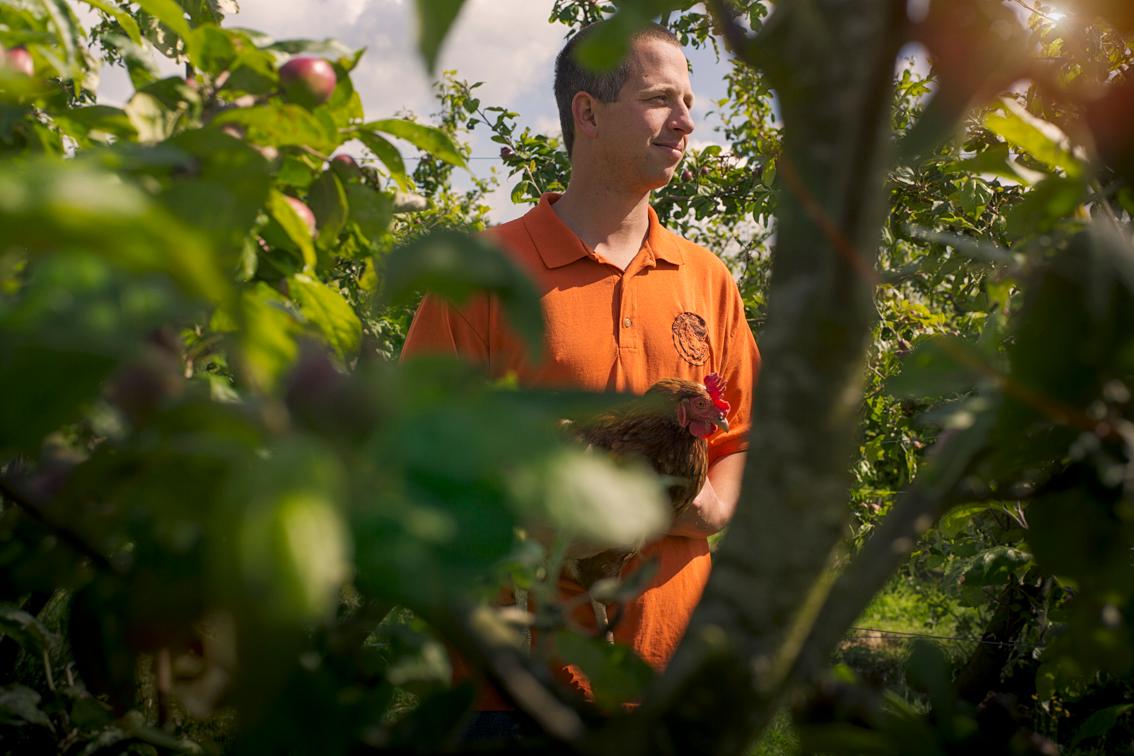
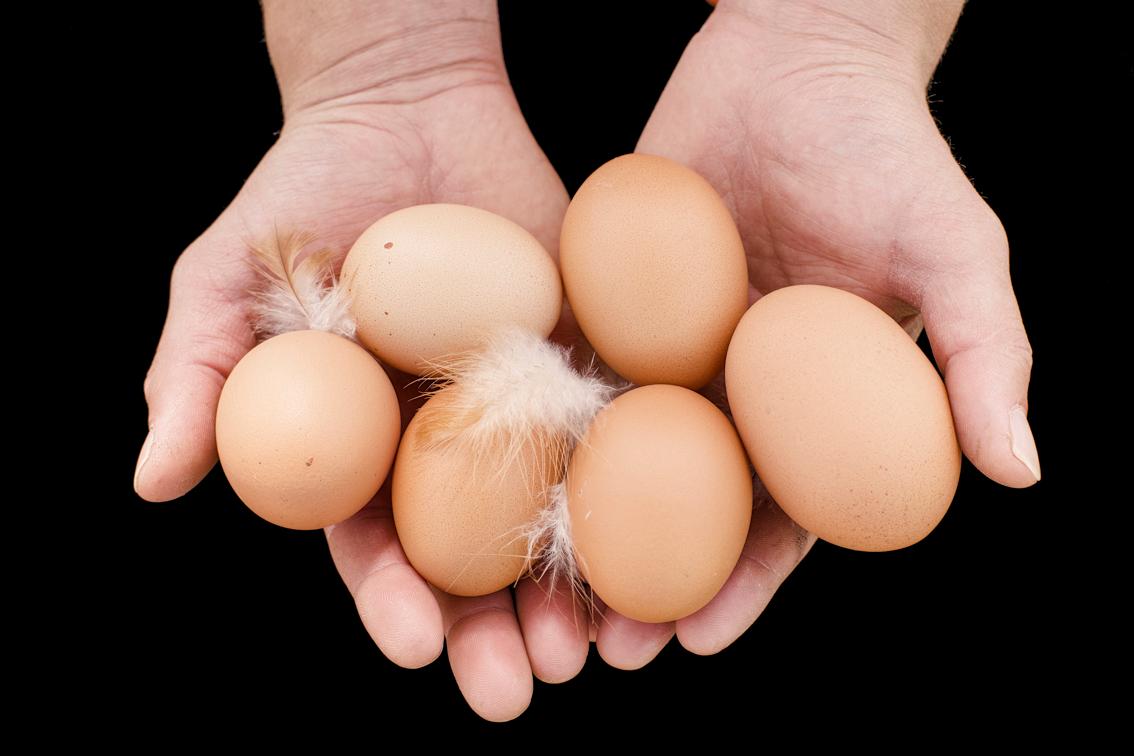
The hens are Lohmann Browns as they have a friendly nature and produce excellent quality eggs.
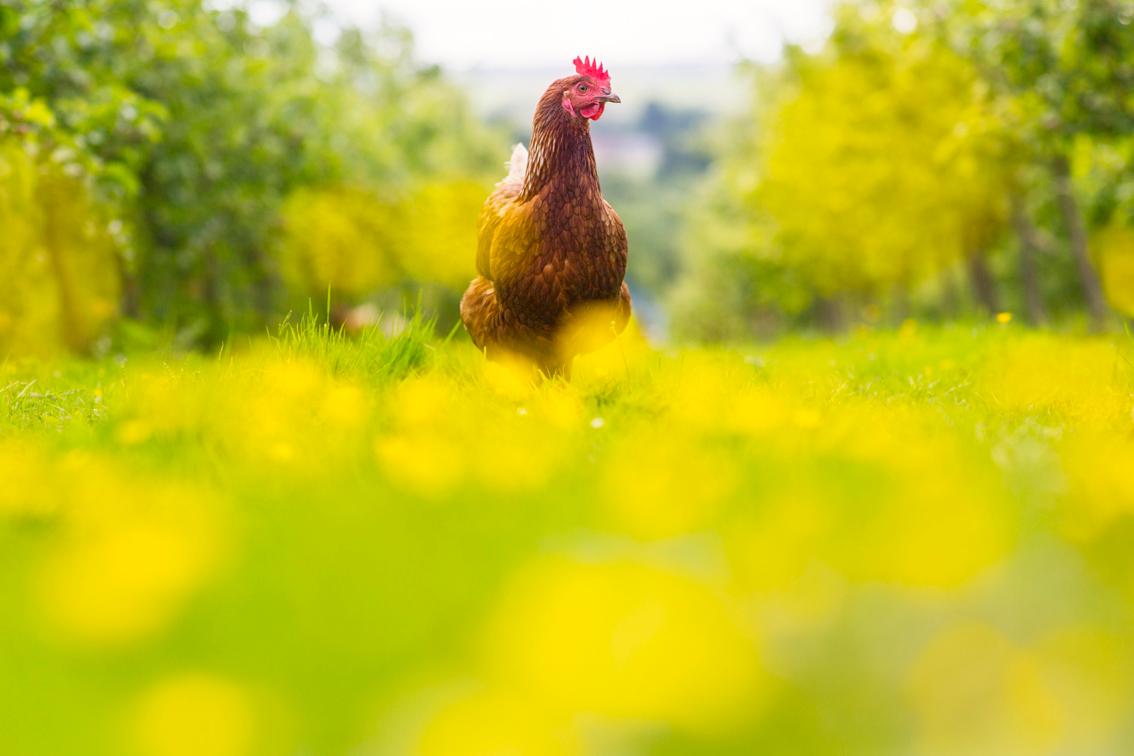
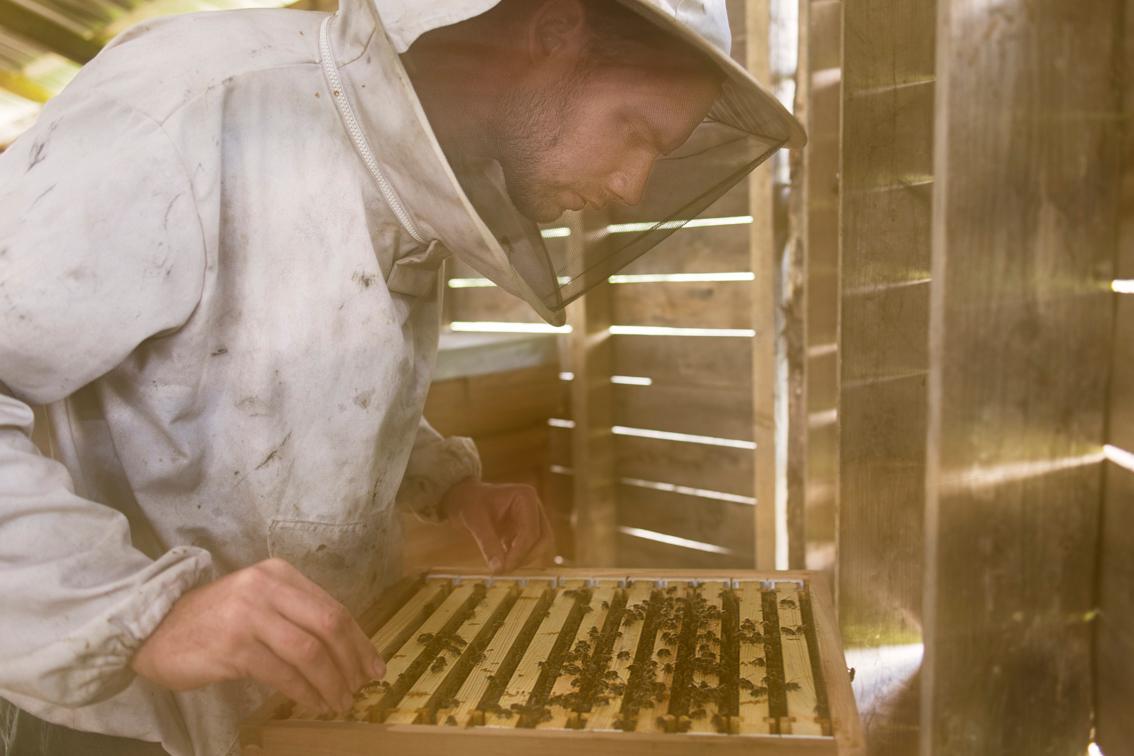


By raising the stock with respect and care they have created a less intensive system, which contrasts starkly with the usual methods of meat raising.
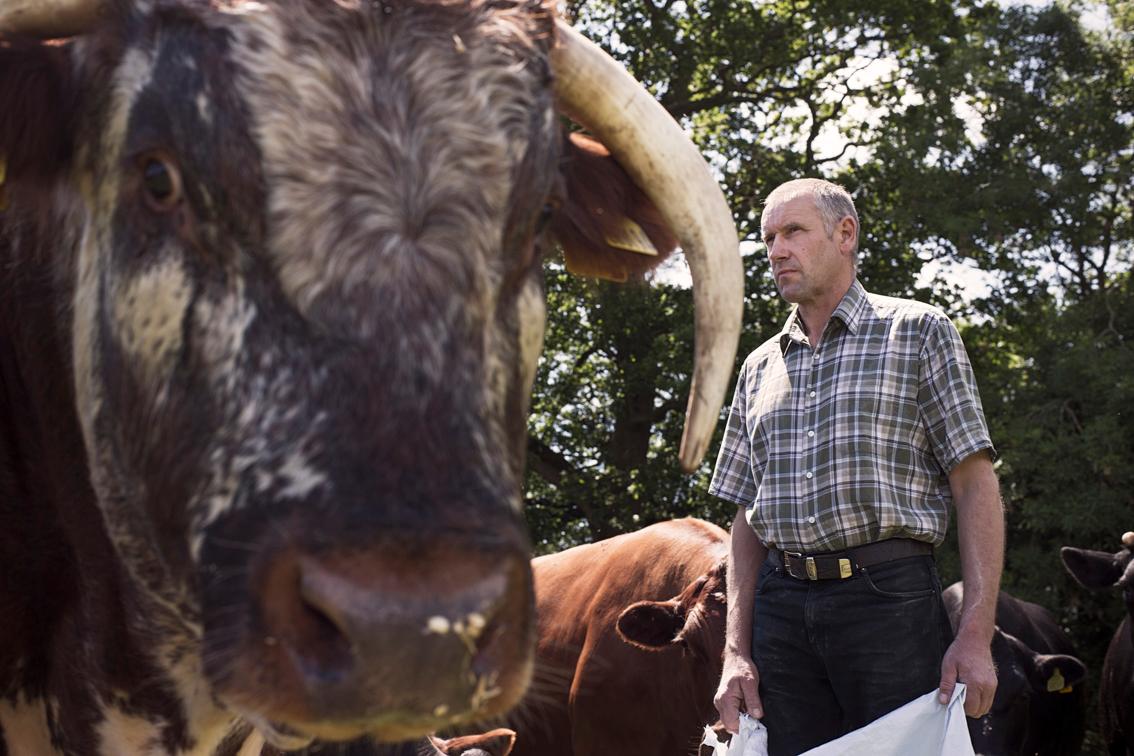
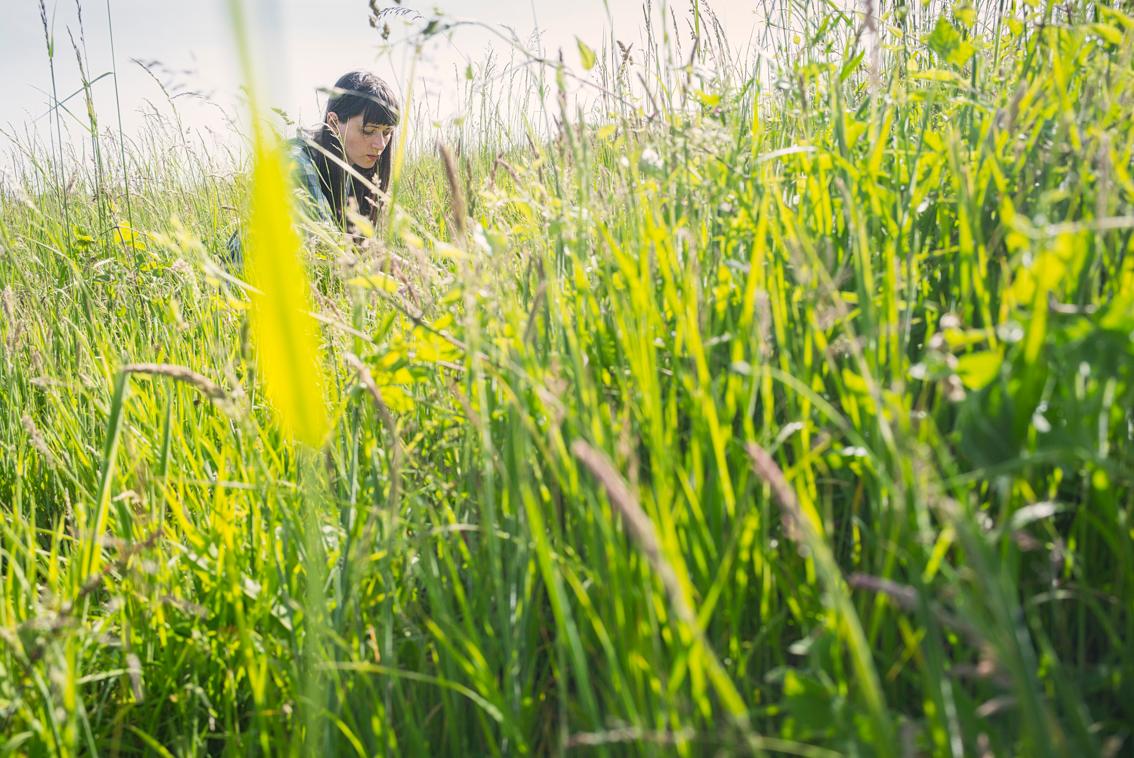
Her grandparents taught her which berries to pick, which greens to gather and use for soup, and which trees nurtured the choicest mushrooms.

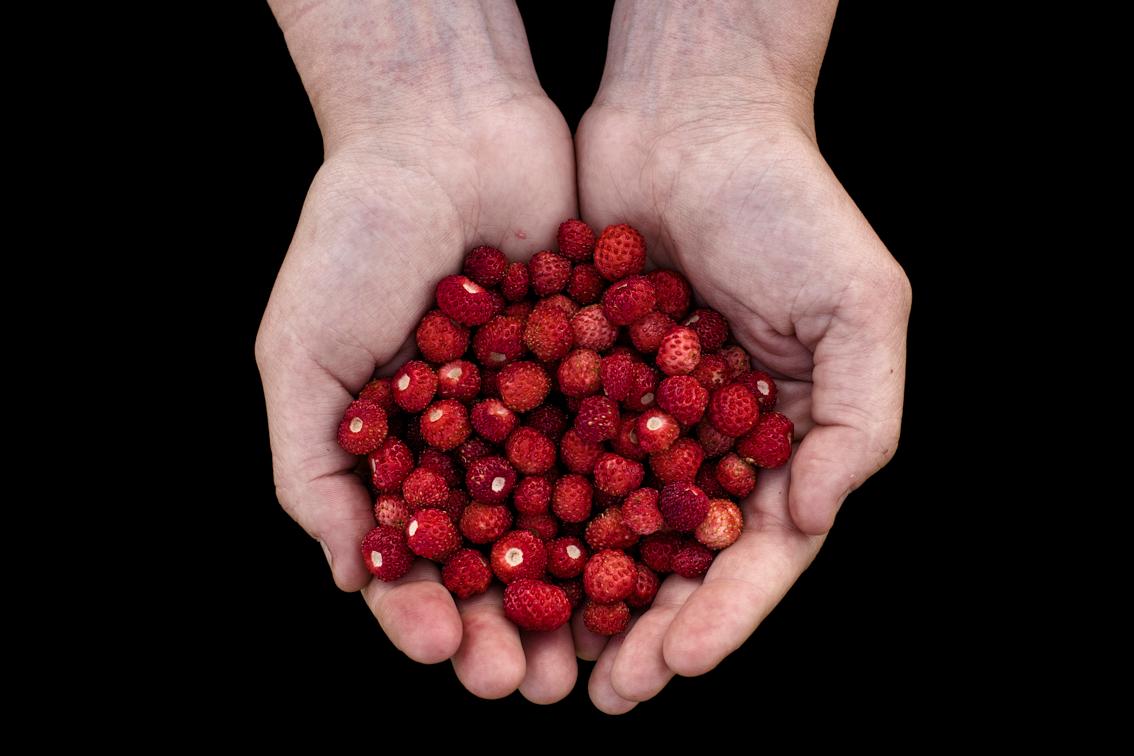

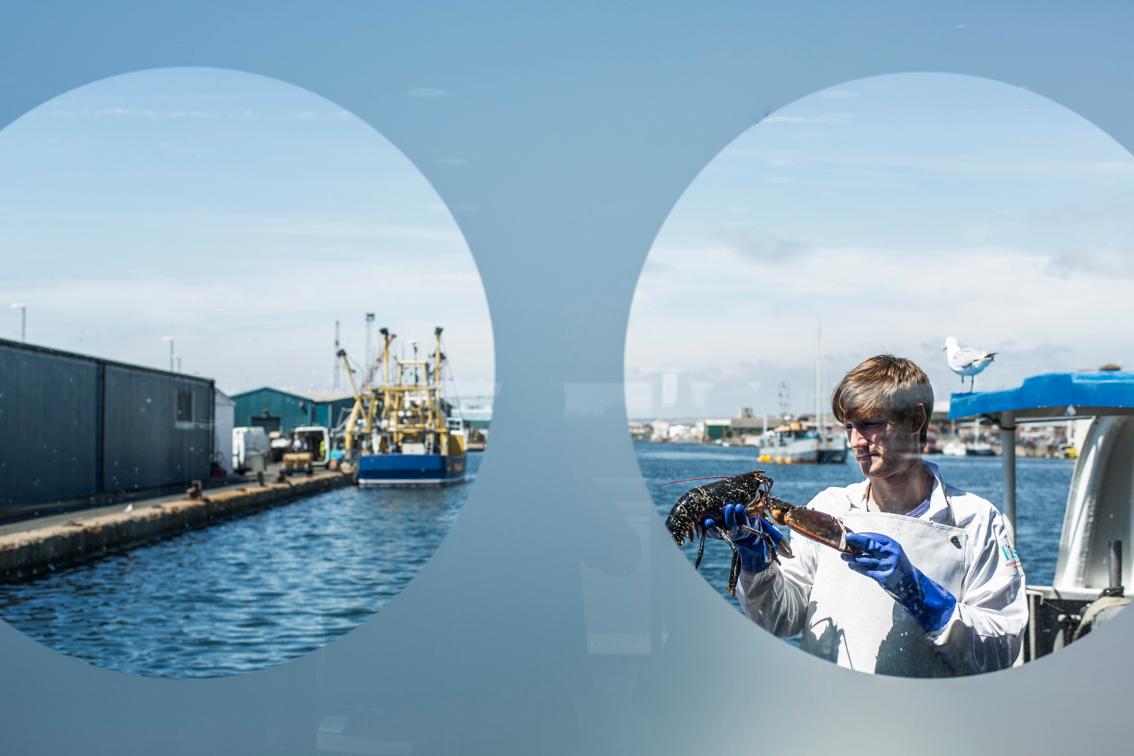
Essay Approach
I decided that I wanted to tell the stories of a few local food producers of varying sizes. It was important that the food was produced locally, had a sustainable ethos behind it and was for local consumption. I would normally find a single story and spend some time getting under the skin of the people, waiting to capture moments. It quickly became clear that really to do this project justice I would have to cast my net wide, include many different producers and unfortunately I would have to spend much less time than usual with each of them.
I also consider shooting for an exhibition to be different to say a job for a magazine. Before I shot a frame I came up with a clear plan of exactly how I was going to photograph the project. The idea was to create three specific images for each food producer that would create a series of triptychs that together cover many aspects of local and sustainable food production in and around Brighton & Hove. The first image was to be an environmental portrait of a producer or supplier. The second image is a shot of the same person holding their produce or an ingredient. The third image is an abstract detail or landscape shot of where the
product comes from. The result is that we almost have three different sets of pictures. Each set of three images is focused on the same subject and each image in the set is linked visually to an image in every other set.
I was very excited to create a body of work that is different to my usual reportage style. It isn’t often you have free rein to shoot a commission in any way you like.
Exhibition info
This exhibition was held between 01/10/2014 and 31/07/2015 Open Market, London Road
Brighton’s iconic Open Market was reopened in 2014 after a £20 million redevelopment. It has been reborn as a modern shopping haven for those who care about the origins of the things they buy. With a strong focus on local producers and ethical products, the market traders bring a wide-ranging selection of produce and freshly prepared foods to the site, as well as an exceptional variety of arts, crafts, fashion, services, garden goods and more. The vision for the new Open Market is to have at its heart fresh, nutritious, local and quality food to reflect current concerns over health and environmental sustainability.
This community-led redevelopment was imagined by a group of long-time market traders in 2006. Their much loved market had fallen into a state of disrepair over the years but they still believed that, with the right support, it could return to its place at the heart of London Road. Thankfully the Council agreed and, with some key partners like Hyde Housing and Ethical Property Company, a plan was hatched, eventually resulting in the market that exists today.
Today, the market is curated by a Stall Allocation Committee, which assesses all trader applications, both permanent and temporary, to ensure that they align with the market’s ethical ethos. The market believes in supporting the community, and the makers, bakers, growers and creators that exist within it.


